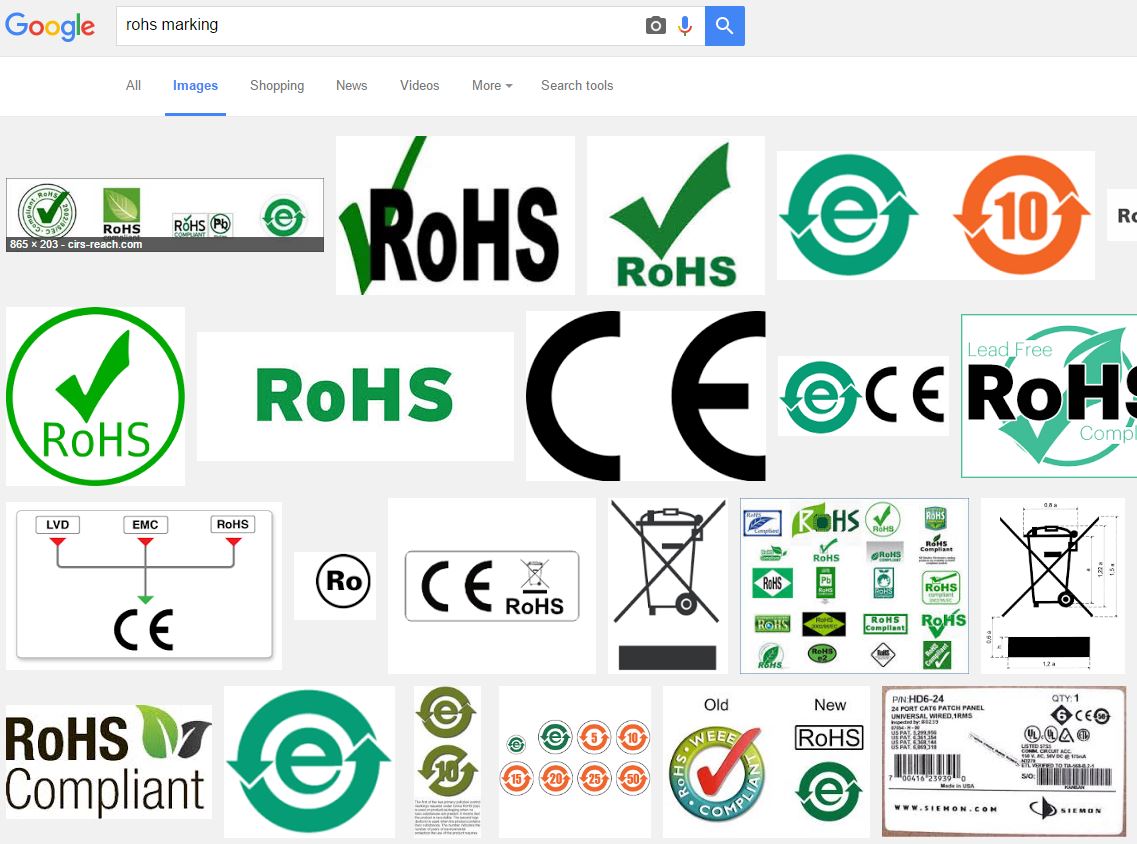
Manufacturers who build equipment for sale to customers in the European Union may spend a lot of time learning about and understanding the process that is required in order to sell their products with a CE marking on it.
Placing a CE marking on your equipment is your claim to the European Union that your product complies with any applicable CE marking Directive. This is an important point because there are many CE marking Directives and any that are applicable (meaning: your product is covered under their scope(s)) must be addressed and complied with. Neglecting to comply with a CE marking Directive because you did not know it is applicable to your product does not reduce or negate your obligations.
A list of CE marking Directives for which we provide technical and consultative support is below:
- ATEX Directive 2014/34/EU
- Electromagnetic Compatibility Directive 2014/30/EU
- Low Voltage Directive 2014/35/EU
- Machinery Directive 2006/42/EC
- Medical Devices Directive 93/42/EEC
- Outdoor Noise Directive 2000/14/EC
- Pressure Equipment Directive 2014/53/EU
- Radio Equipment Directive 2014/53/EU
Radio & Telecommunications Terminal Equipment Directive 1999/5/EC

There are many EU Directives and regulations that, although look like CE marking Directives, are not CE marking Directives. These may be laws and they must be complied with but they are not attached to your CE marking. The difference is that the non-CE marking Directives and Regulations make no mention or reference to the CE marking or the declaration of conformity. Some examples are below:
- Waste Electrical and Electronic Equipment (WEEE) Directive 2012/19/EU
- General Product Safety Directive 2001/95/EC
- Regulation (EC) 1935/2004 on materials and articles intended to come into contact with food
The WEEE Directive has its own mark:

And so does Regulation (EC) 1935/2004:

The General Product Safety Directive 2001/95/EC has no mark and compliance to it is not indicated by CE marking. It is implied simply by placing your product on the market in any of the EU member nations.
To top the above three examples, the ATEX Directive 2014/34/EU requires a CE marking and an Ex mark:

The Ex mark is interesting because it is a mark that is required in addition to the CE marking. We do not see that in other CE marking Directives. The Ex mark is mentioned throughout the ATEX Directive 2014/34/EU.
Notably, see 2014/34/EU, Article 6, Obligations of manufacturers, (6.)

See also 2014/34/EU, Article 38 (abbreviated), Formal non-compliance, (1.) (c)

Finally, we see the requirement stated in 2014/34/EU, Annex II (1.0.5.) (6th indent)

The Restriction of Hazardous Substances (RoHS) Directive 2011/65/EU is a CE marking Directive. This means that only the CE marking is recognized as showing that the product is in compliance with the RoHS Directive. Furthermore, if your product is within the scope of the RoHS Directive and you place a CE marking on it then that means that you are claiming that your product complies with the RoHS Directive 2011/65/EU – even if you did not even know that your product is within its scope.
See below RoHS 2011/65/EU, Article 16 (1.)

The CE marking is the only marking that is the legal representation of RoHS compliance for your product. It’s interesting to perform a Google image search for “RoHS marking”:

None of those RoHS markings mean anything legally. The EU RoHS markings are the result of marketing, drawn up by an artist and put on a product to convey RoHS compliance but they are not legal marks. Some of the other markings convey Chinese RoHS compliance, which is not related to EU RoHS compliance in any way.
The staff at F2 Labs can help you sort out these requirements, the markings you will need, and how to perform the necessary testing and evaluation required prior to the application of the correct markings.
We are here to help.
Have a question or a comment? We can be contacted via this link. We can be reached by phone at 855-652-7281 and are here to help you.
